With nearly 3,500 kilometers of coastline, Morocco clearly has no shortage of beautiful beaches, whether deserted or popular, whether you enjoy diving, water sports, or simply lazing around. The following is a list of the top 20 beaches in Morocco.
1) Legzira beach:
Legzira Beach located in Morocco is ranked 29th on the list of the world’s 40 most beautiful beaches. There, the sound of the waves crashing on the cliffs, as well as the changing colors of the sun’s rays as they fade at sunset and turn everything a fiery red, will leave you lost for words. This isolated beach is situated in the south of Morocco in the same-named village. The latter is 10 kilometers from Sidi Ifni and 150 kilometers from the city of Agadir. Sadly, one of the elephant’s four arches that characterized this beach collapsed a few years ago, leaving only a mound of stones in its place.
In Morocco, the beach season starts in April and ends mostly in October. May-June and September-October are certainly the best months to visit the country’s beaches.
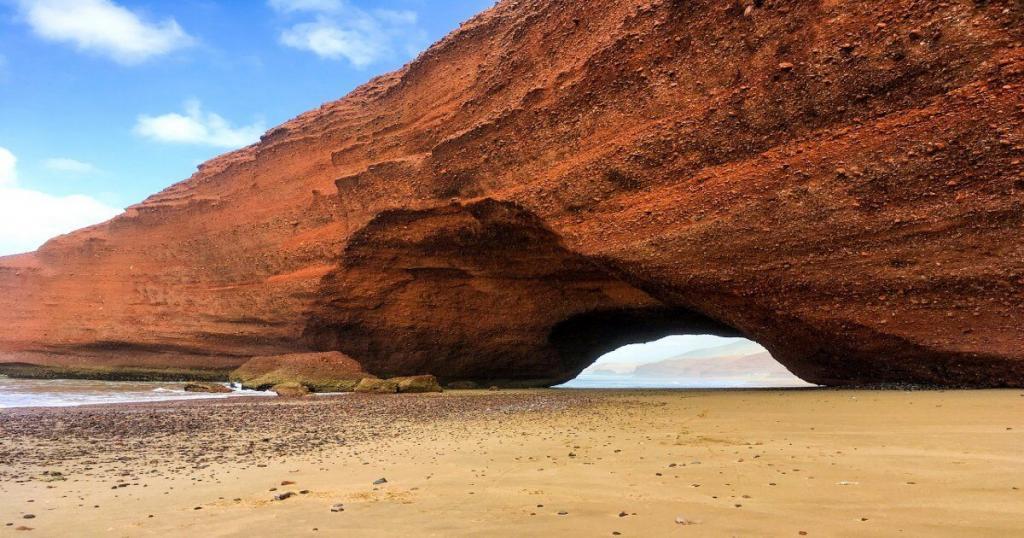
Activities to do at Legzira beach:
- Surf: Legzira Beach and its environs are a favorite surf spot for locals and visitors all year. Depending on the swell and tide conditions, there are several other wild beaches in the area to consider.
- Parapente: the place provides tandem paragliding flights for thrill-seekers who want to see the beaches, cliffs, and hinterland from the air. A sensation you’ll never forget.
- Hiking: the hinterland deserves to be explored on foot, donkey, horseback, bicycle, or moped, in the mountains or along the miles of beaches. The most authentic way to experience Berber hospitality.
- Quad: quad biking tours are available from a number of operators. These can range from a few minutes on Legzira beach at low tide at sunset to multi-hour/day raids throughout the area.
- Visit of Sidi Ifni and Tiznit: I suggest that you go to Sidi Ifni, a small town with Spanish colonial architecture, or Tiznit with its popular jewelry market.
- Fishing: there is something for every type of fisherman in that location. In addition, it is possible to hire an instructor, rent all of the necessary equipment, and grill your catch right on the spot.
2) Agadir beaches:
It is impossible to talk about Agadir without mentioning its magnificent bay of fine sand bounded by the Atlantic. The region’s coastline, on the other hand, has many other stretches of sand for relaxing, surfing, or walking. Find our list of Agadir’s most beautiful beaches.
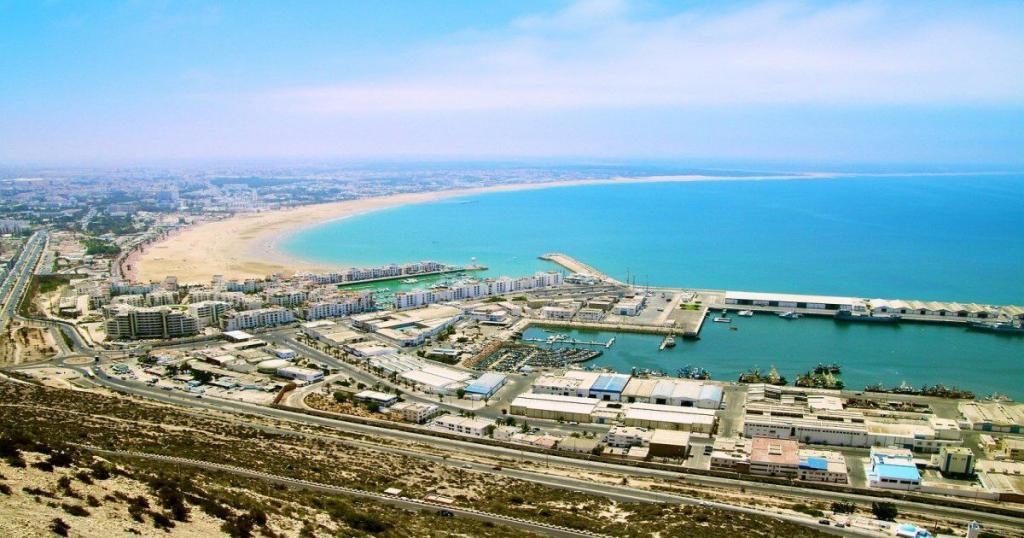
2.1- Devil’s Rock:
The beach of the Devil’s Rock is located in the north of Agadir, in the small Berber village of Tamraght. While it is possible to enjoy a sea bath or a stroll in the sun, this beach is best known for opening the doors to one of the area’s most famous surf spots. The Devil’s Rock surf camp offers week-long courses in the summer and winter. In fact, beginners can learn to surf in this idyllic setting.
2.2- Taghazout beach:
Taghazout, a small fishing village halfway between Agadir and Cape Ghir, is a lovely place to visit. Only a few colorful boats disturb the ochre and white homes that overhang the ocean, which extends in front of a beach of wild beauty. If this grandiose panorama delights all lovers of authenticity, surfers are especially present on the beach of Taghazout, which is widely regarded as Morocco’s cradle of surfing.
2.3- Tifnit beach:
The scenery changes significantly between the bay of Agadir and the beach of Tifnit, to say the least. This small village, which relies primarily on fishing for its livelihood, is a gem with a wild allure. Tifnit beach, located in the heart of the Souss-Massa national park, has become a surfing destination. Also, at low tide, this beach is absolutely at its most beautiful.
3) Sidi Kaouki beach:
The narrow road leading to Sidi Kaouki passes through a lovely forest of argan and thuja trees that gradually descends towards the big blue. A small parking lot full of cars and herds of camels awaits at the end of the road. it is followed by an enormous, almost deserted beach. Sidi Kaouki, with its long sand ribbon stretching as far as the eye can see in the direction of the southern coast, is here.
When you step foot there, as in many other places along the Atlantic coast, you feel as if you’ve arrived at the end of the world. Another feeling is sensed when you get close to the ocean. It is that of the water’s extreme freshness, which is not just an impression. The water is chilly, as it is on many beaches in Morocco: between 15° C (in winter) and 21° C (in summer).
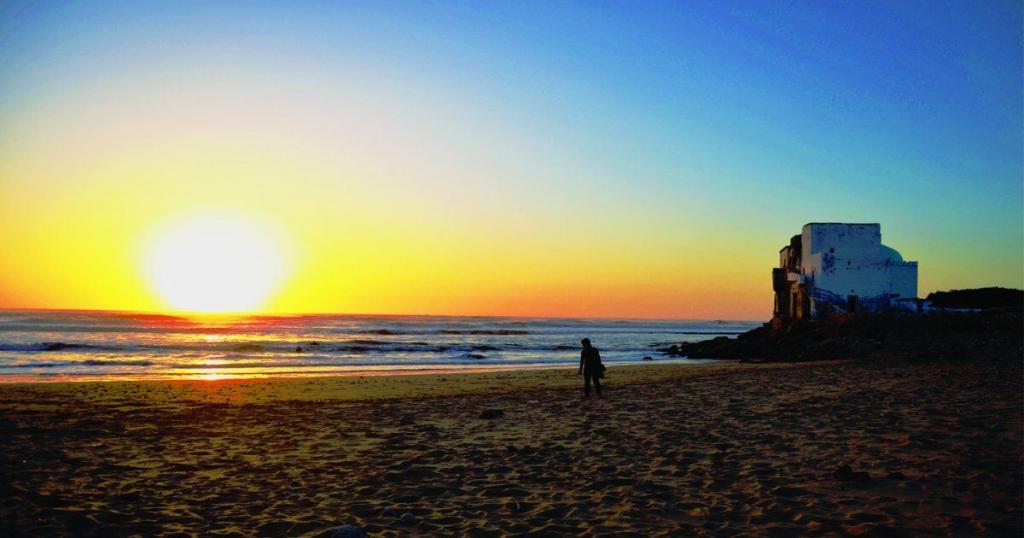
What to do in Sidi Kaouki?
- Kite-surfing/windsurfing in full wind and surfing in full-wave: several clubs offer to rent equipment in the village.
- Take a morning stroll or jog along the miles and miles of undiscovered beaches.
- Allow yourself to enjoy a nice camel ride: camel men will not hesitate to give you a picture ride near the parking lot and the Marabout.
- Galloping along the beach, hair blowing in the breeze: horseback riding is available at several clubs in the village.
- For a few Moroccan dirhams, you can rent deckchairs and umbrellas for a well-deserved session of idleness.
Where to eat in Sidi Kaouki?
The snack bars/restaurants lining the small square between the parking lot and the Marabout offer good food (fish, salads, pizzas, tajines…) at reasonable prices for those on a tight budget. Avoid empty establishments and instead, sit where there are people for a higher guarantee of product freshness.
4) Quemado beach:
Al Hoceima, also known as the “Pearl of the Mediterranean,” provides us with a one-of-a-kind landscape. Quemado Beach is a lovely cove with fine sand, a rich seabed to explore, and Al Hoceima perched delicately on the Quemado cliff overlooking it. This beach is very popular, clean, and has children’s games. Furthermore, you can even go for a boat or kayak ride.
According to an American website, Al Hoceima is Morocco’s most beautiful city, and Quemado Beach is the world’s seventh most beautiful beach. Its natural assets, the blue, ochre, and green colors it provides are a real treat for the eyes. It is also a historically significant city. The very unique and beautiful Badis peninsula, which is so close to the city, was once a thriving trade port over which many fought. This massive rock in the azure sea is a photographer’s dream.
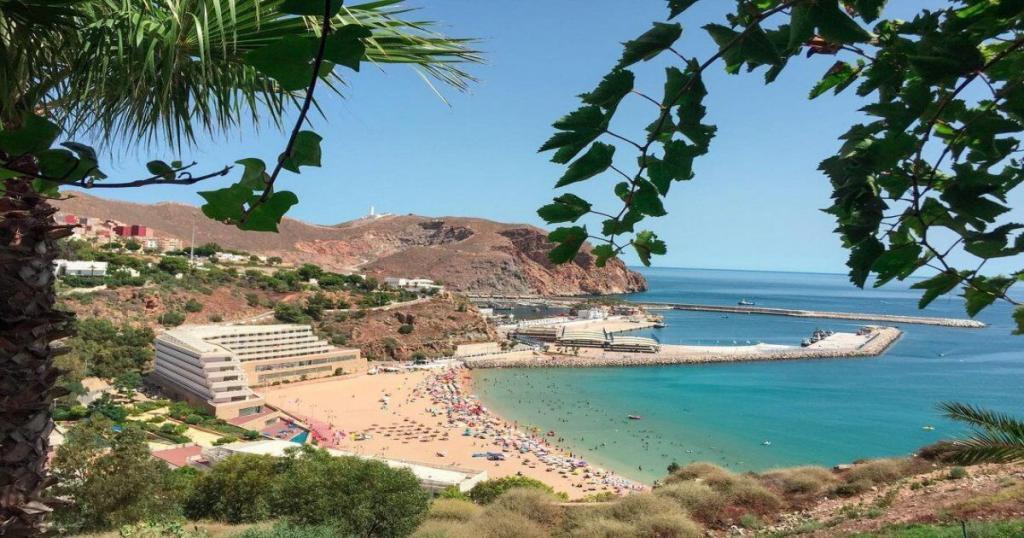
5) Mirleft beach:
Mirleft has earned a strong reputation in Morocco for the quality of its white-sand beaches, its inaccessible coves between cliffs and the sea, and desert wind-sculpted sand dunes.
The tourist who enjoys seaside pleasures is struck by the excessiveness of the place and experiences a violent sense of disorientation as a result of the sun’s bite, the crash of the ocean waves, and the vast expanses of sand.
Even though Mirleft cannot yet compete with Europe’s major seaside resorts, it is becoming increasingly popular with a more affluent population. On the cliff overlooking the oasis and Mirleft’s main beach, rich Casablanca residents and some Europeans have built opulent villas.
Be aware that the beaches of Mirleft lack both bathing facilities and security. Swimming in the ocean is always dangerous and should only be done by people who are well-informed.
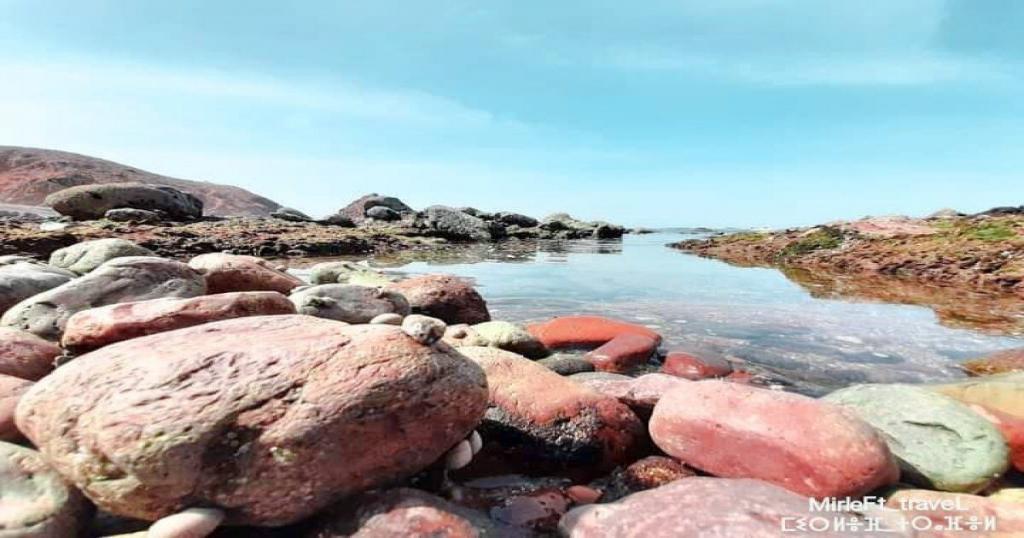
6) Saidia beach:
Saidia is a Moroccan city in the northeast of the country, in the Berkane province and the Kebdana region. It is approximately forty kilometers from the Algerian border. Also, the Mediterranean Sea borders its fourteen kilometers of the beach, making it one of the longest beaches in Morocco. The city has a little more than 4,000 residents during the non-touristy season. But during the summer, it can reach one hundred thousand or even more.
Because of its proximity to the major cities of Berkane, Nador, Oujda, Melilla, Al Hoceima, and Taourirt, Saida is a privileged refuge. Three international airports surround Saidia: Oujda-Angad, Nador-Aroui, and Melilla.
It has a Mediterranean climate, with average temperatures ranging from 18 to 21 degrees Celsius.
Saidia Beach is certainly one of the most beautiful beaches in Morocco and North Africa. A beautiful bay, a clear 25° turquoise sea, gentle waves crashing on fine white sand, and a light breeze to keep you cool. You’ll have everything you need for a relaxing day at the beach under the shade of a parasol. You’ll also have a great time swimming and relaxing.
Mimosa and eucalyptus trees cover the beach, making for a wonderful walk that will take you along the majestic cornice to a stunning view of the sand stretches and the sea with an endless horizon. In 2009, a 700-hectare seaside resort called “Mediterrania Sadia” was opened. You can find large four and five-star hotels, tourist homes, as well as luxury resort villages. All of them are well designed to meet your needs. All has been done to make your stay one to remember.
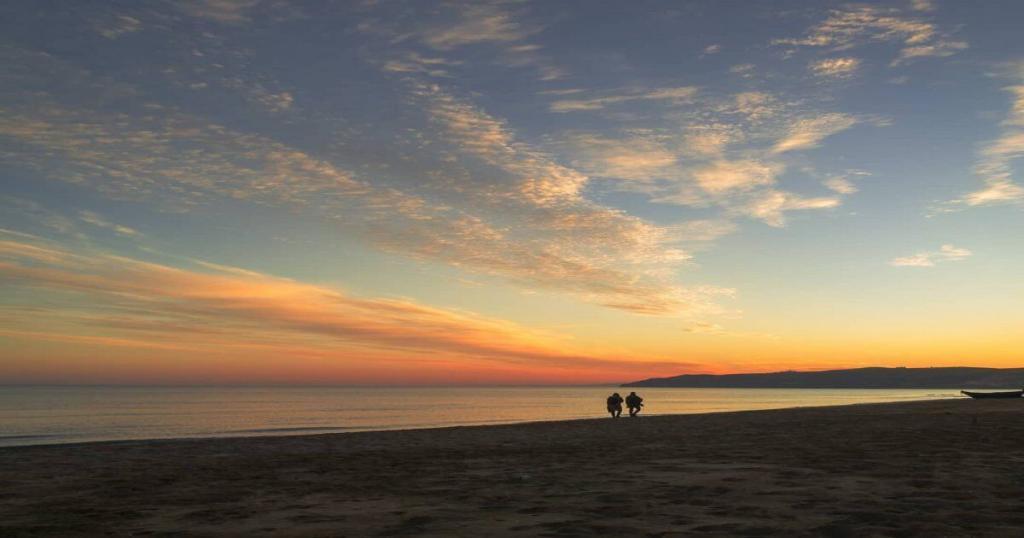
7) Essaouira beach:
The beach in Essaouira is a beautiful and quiet spot on the Atlantic coast. Kitesurfers and windsurfers, as well as travelers seeking relaxation and beautiful scenery, flock to the area.
CNN recently named Essaouira Beach one of the top 100 most beautiful beaches in the world. It is also the only Moroccan beach on this international list, coming in at number 61. It’s referred to as a “relaxation lounge,” and it’s in perfect sync with the city’s warm and inviting atmosphere.
Essaouira has influenced many artists over the years, such as painters and photographers. They come to recharge their batteries and capture the richness of Mogador’s colors. These works can be found in the city’s medina’s several art galleries, as well as with local artisans who exhibit in the souks. The fullness and spirit of the city reflect in these works of art.
Many famous people have been seduced by the city’s beach and ramparts. The latter gives a spectacular view of the Atlantic Ocean. For example, Jimi Hendrix, who wrote the song “Castle made of sand,” which was inspired by the city of the Trade Winds.
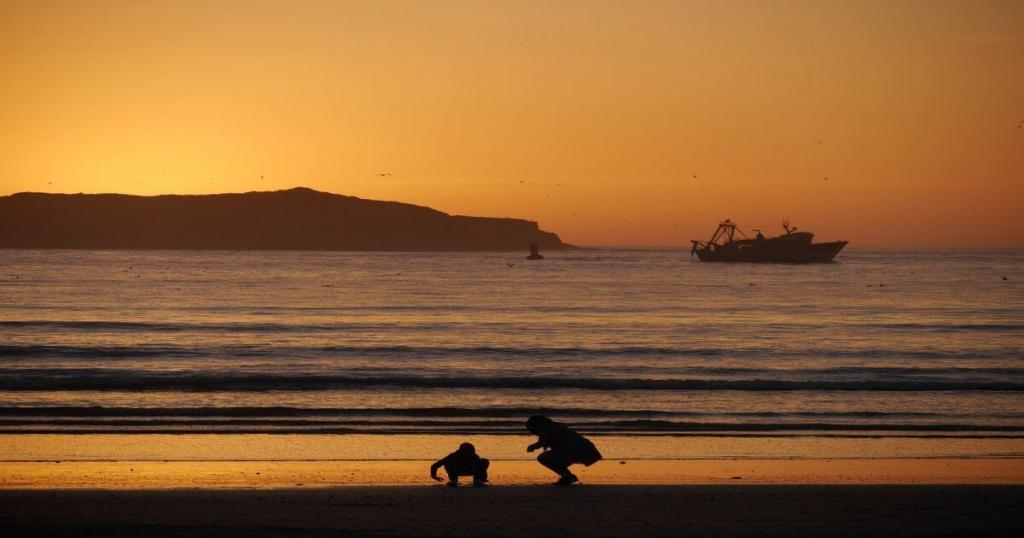
8) Martil beach:
Martil is Tetouan’s beach and fishing port. It is situated at the mouth of the Martil River. Moreover, it’s a long stretch of sand that stretches from Cabo Negro in the north to Azla near Cape Nazari in the south. The Spanish colonial army took advantage of its strategic location and constructed fortifications to keep an eye on the city. Undoubtedly, it has risen rapidly in recent decades, with major changes made to encourage tourism.
The beach contains fine white sand. It is the best in the region. It faces east and is a popular swimming spot. Because the Martil River flows south of the city into the area of Beni Maadan, this area is marshy. The area to the north, also known as Beni Salem, has the best beaches as well as some urban concentrations such as the Golf Club.
Martil is ideal for swimming or walking with views of the sea and La Gomera’s surrounding mountains. It is a pleasant place to dine in fish restaurants, have a drink in one of the cafes, camp, or play golf. Ceramics and canned food are sold in industrial zones along the road to Tetouan.
The tourist industry has evolved and specialized in middle-class Moroccan tourism, resulting in the Tetouan Beach, which features cafes, hotels, restaurants, rental houses, and two campsites that attract large crowds, especially on summer weekends.
The most stunning beaches, as well as modern luxury estates and golf courses, are located to the north of Cap Noir. The polluted river region would be urbanized in order to create a marina inland.
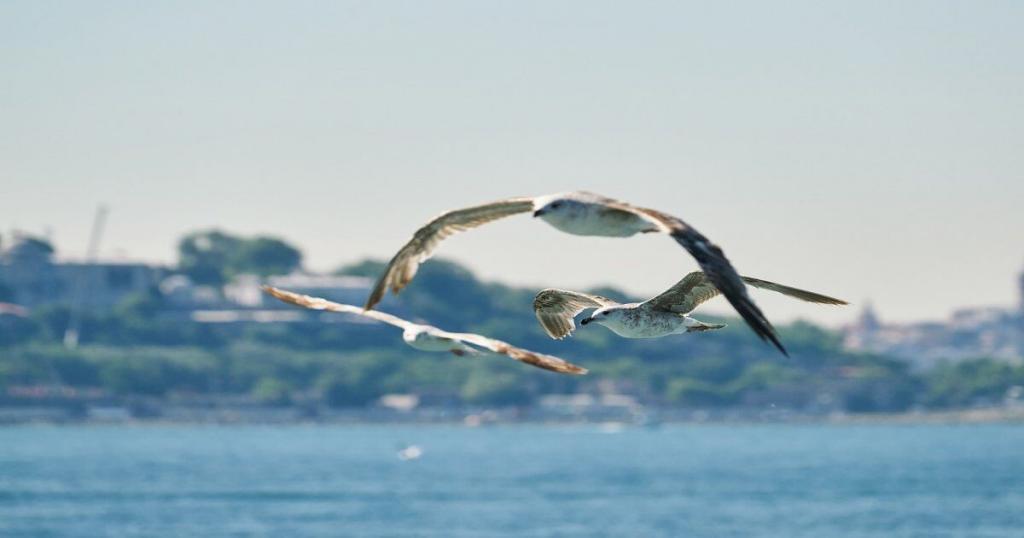
9) Oualidia Lagoon beach:
A lot of Moroccans prefer the seaside resort of Oualidia, which is located south of El Jadida. A stunning sandy beach stretches for 3 kilometers. Swimming is safe, and surely a variety of water sports can be enjoyed. The show is enhanced when the sea recedes at low tide, revealing numerous sandbanks with the ocean as a backdrop. The finest Moroccan oysters are tasted there, so amateurs beware.
The lagoon has many sand and rock beaches; the water is a little chilly. However, the setting is so beautiful that you forget about the temperature when swimming or boating in the lagoon. On the beach, you can also eat freshly caught sea urchins, fish, or shellfish, grilled and served right there.
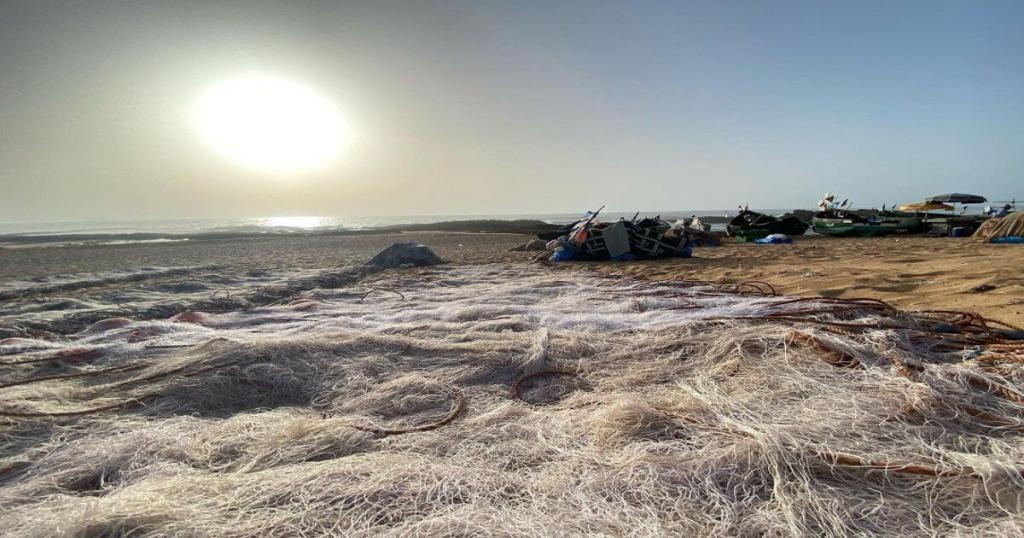
10) Aïn Diab beach:
Aïn Diab is the name of a prominent Moroccan neighborhood located southwest of Casablanca. Its beach, which stretches for 2 kilometers and faces the Atlantic, is open to the public. Also, it is bounded by the majestic Hassan II Mosque, which overlooks the sea, and the spacious villas. Ain Diab Beach is a well-known beach. A few kilometers south, the wealthier groups bathe. The people who visit the beach are very reflective of Morocco’s demographics. The majority are young people (1 out of every 3 Moroccans is between the ages of 15 and 29 years old, and 49% of young people between the ages of 15 and 29 are neither at school nor at work), families with children, and some retirees.
The majority of men spend their time in Aïn Diab. The men meet to play sports: essentially football, mostly barefoot on the wet sand. At all hours and in all seasons, this is the normal occurrence on this beach. Many of them are jobless and alleviate tension by letting off steam with their peers on their playground. However, they have a passion for sports and have formed a body cult by vigorous exercise. Male bodies undergo a true metamorphosis, akin to bodybuilders on Brazilian beaches.
In Morocco, the female figure, and more precisely its portrayal, has changed drastically in the last two years. We’ve seen an increase in the number of veiled women, most of whom are young.
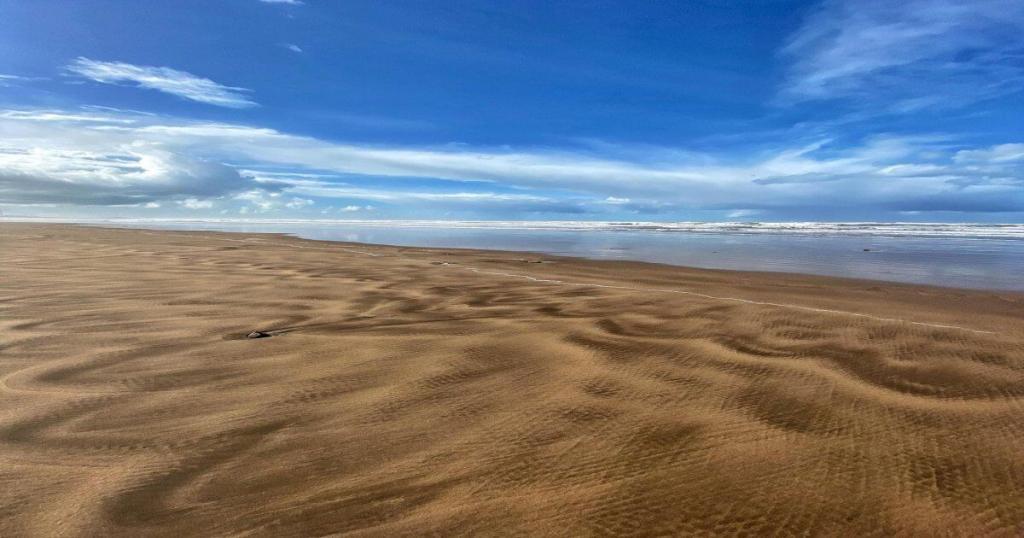
11) Moulay Bousselham beach:
Moulay Bousselham is named after its former patron saint (thousands of people come to this village every year). Moulay Bouselham, also known as “the man with the Selham” (the cloak), is said to have come from Egypt before settling on the Merja Zerga’s outskirts. In 1578, he died in the battle of Oued El Makhazine (Battle of the three kings). Other saints settled in the area, and there are currently seven scattered throughout the village.
Since 2008, the town’s population has fluctuated between 9000 and 10,000 people during the year. The population of this small fishing town swells to nearly 150,000 inhabitants during the summer months of June, July, and August.
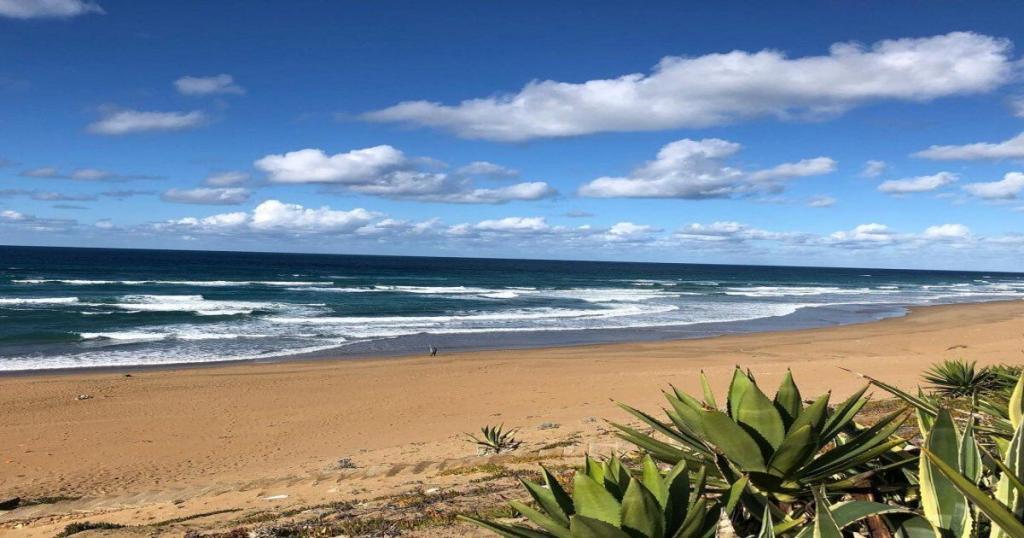
12) Temara beaches:
The beaches of Temara are among the finest in the country of Morocco. It extends over a distance of 36 km. Also, it is a guarded and equipped natural port, and is easily accessible from all parts of the city.
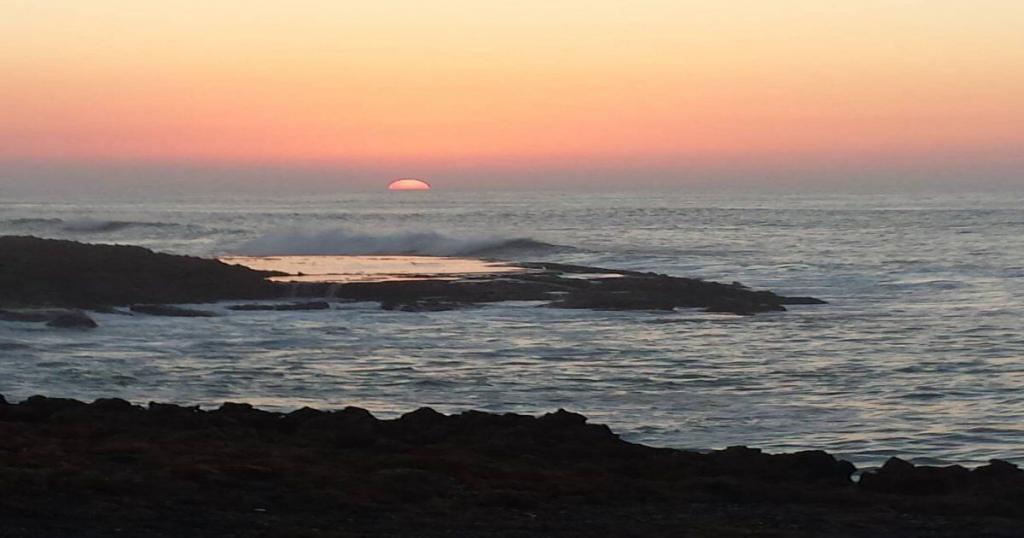
The beaches of El Harhoura, Mirmar and Kivil:
Beaches for relaxing and enjoying the sunset, and light sports such as walking, especially on the corniche that connects these beaches to the Mohammed Al Qasimi space.
Temara Casino beach:
It is one of the most famous beaches in Morocco. Also, It is a large natural harbor, where drowning incidents are seldom recorded. It has all services and is easily accessible by public transport, including an open-air theater, games space, cafes, as well as night boxes. You can also visit the place at night to enjoy the splendor of the sea in the moonlight and enjoy the services provided by the hotel units along the rocky coast, starting from the entrance to the Corniche at the Le Littoral Hotel (formerly Saint-Germain) and all the way to the beach of the Confederation.
Counterpondie beach:
Undeniably, it is the most beautiful beach in town for swimmers, with a natural harbor in turn. A large spaciousness and a capacity of which can reach 80,000 vacationers characterize this place. It is a favorite place for foreigners, especially Germans, French, and Spaniards.
Dahabia Sands beach:
Its fame is mainly associated with its beautiful golden sands, among the most beautiful beaches in Morocco. In addition, It is a favorite destination for young people. It offers organized entertainment services throughout the summer, including festivals, games, and competitions. Easily accessible by public transport.
13) Haouzia beach:
Haouzia beach is one of the areas of peace and tranquillity near El Jadida. Everyone enjoys visiting it for a time of meditation under the voice of the ocean waves, away from the stresses of daily life and routine.
Indeed, when classifying beaches, we must take into consideration three criteria: water quality, environmental management, and health and safety regulations. At certain levels, specifically the level of water quality, Haouzia beach meets these criteria.
Haouzia beach in El Jadida is ideal for water sports such as windsurfing, jet skiing, bodyboarding, and surfing.
The climate at Haouzia Beach is mild most of the year, with temperatures rarely exceeding 30 degrees Celsius in the summer.
The beach is close to a number of places and tourist destinations. That includes McDonald’s El Jadida, Mazagan Beach Resort, and Hotel Pullman Mazagan Royal Golf & Spa.
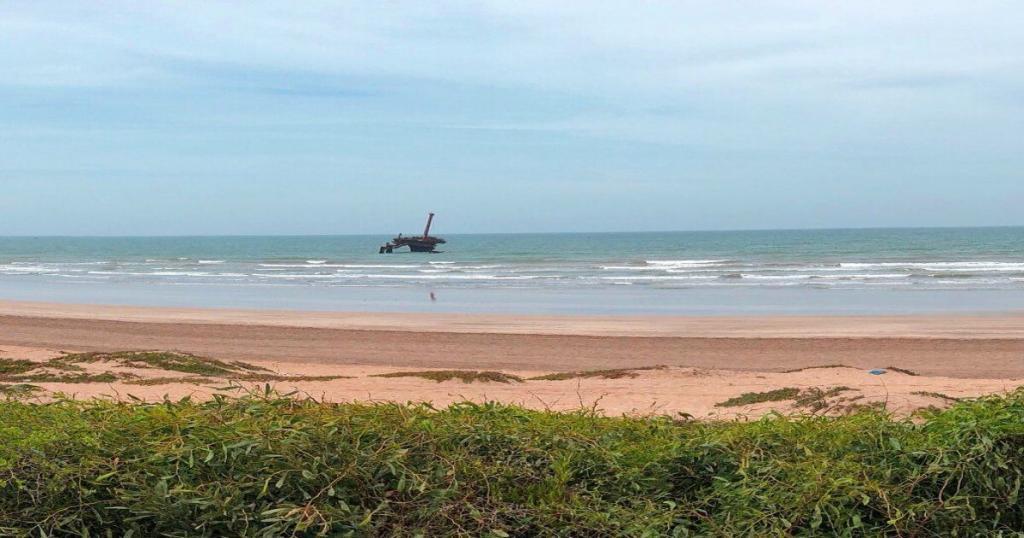
14) Imsouane beach:
Imsouane Beach is surely one of the most beautiful beaches not just in Morocco but in the whole world. It is located almost 90 kilometers from Agadir on the way to Essaouira. Mountains dominate this long stretch of fine sand nestled in the heart of a bay. It has become a must-see destination for photographers, beachgoers, and surfers.
The beach of Imsouane, is one of the world’s top 27 most beautiful beaches, according to Forbes magazine. Imsouane, known as a surfing and fishing paradise for both professionals and amateurs, was ranked tenth.
Imsouane has a population of about 8,800 people. It is certainly a bodyboarding and longboarding paradise. According to our colleagues at Morocco World News, it was named one of the world’s most beautiful beaches in a survey of photographers, travelers, and Instagrammers.
Environmental photographer Meg Haywood Sullivan has described Imsouane Beach as having the highest waves she has ever encountered. In fact, the beauty of the cascading mountains that adorn the waterscape seduced her.
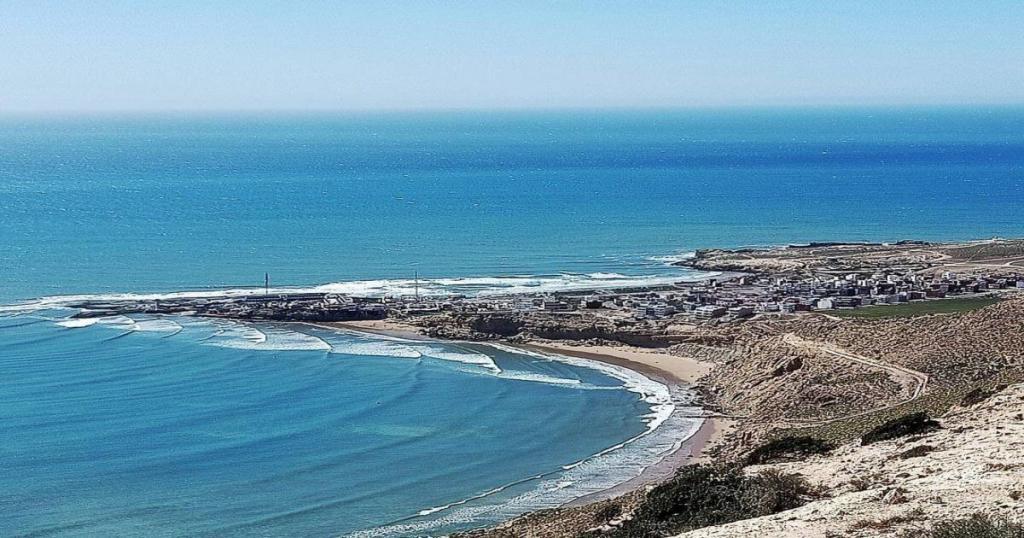
15) Dragon beach:
The beach of the Dragon Island was named Morocco’s most beautiful beach in 2013 due to its shape, which resembles the stomach of a dragon. Between the Sahara and the Atlantic Ocean, crystal clear water surrounds the island, creating a postcard atmosphere. It is a popular tourist destination in southern Morocco.
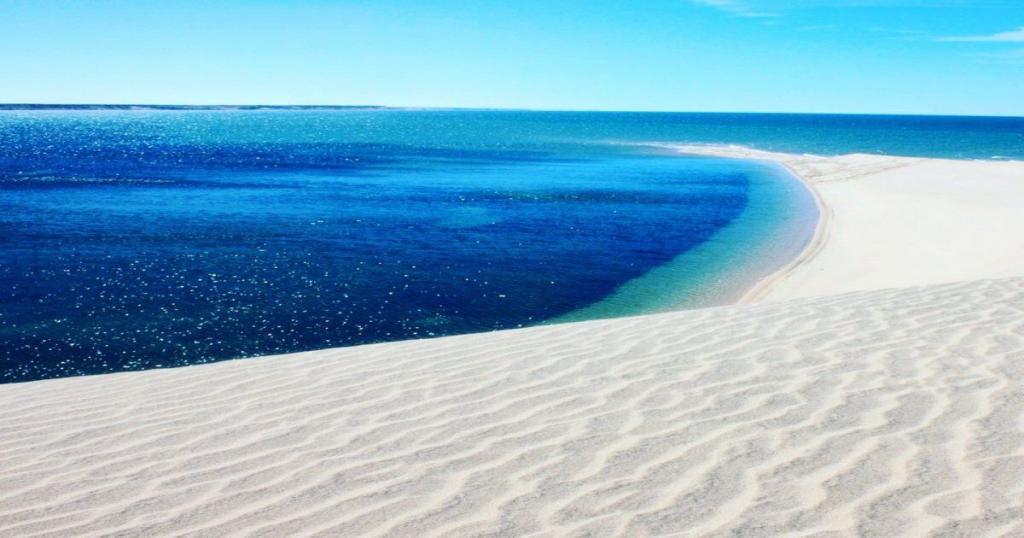
16) Blanche beach (white beach):
Discover Morocco’s longest and wildest beach on the coastal road between Agadir and Tan Tan. This idyllic location, located in the middle of the Saharan dunes and facing the Canary Islands, was given the name Playa Blanca by Spanish navigators. The region’s landscapes are stunning, ranging from mountains to oases, and spanning the ocean and desert.
Playa Blanca is nestled in the middle of a 250-square-kilometer ecological park, which is host to a slew of charming kasbahs. Follow in the footsteps of the ancient nomadic tribes of the desert caravans through the souks and shocking medinas on a journey to the Atlantic coast. The Blanche Beach is a wild expanse of fine sand with just a few fishermen’s huts, a few bars, and a few Sahrawi camps. Enjoy the tranquility of the site and its unspoiled scenery while you can, since a major seaside development project is expected to begin soon.
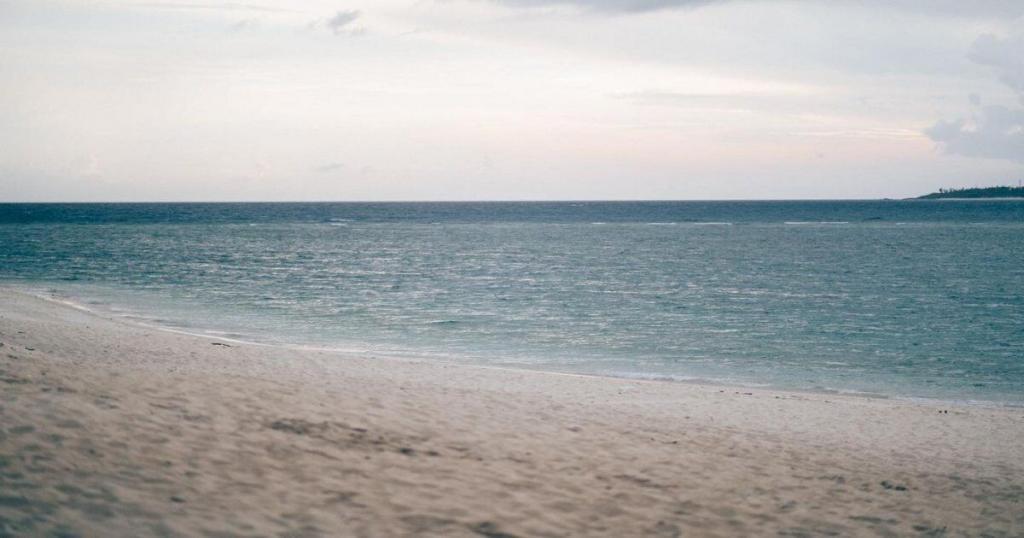
17) Asilah beaches:
Asilah’s beaches are one of the city’s most popular tourist attractions. Its miles of fine white sand beaches are suitable for strolling and water sports. In reality, they stretch for several kilometers to the north of the city.
They are popular among surfers due to their location and swell. A large number of people visit it to watch the sunset.
- Brief Beach: There are less-frequented beaches with bigger waves 10 kilometers away.
- Las Cuevas Beach: it is a large beach with cliffs and caves. It is well shielded from the wind and, due to its wild beauty, is one of the most popular summer beaches.
- Sidi Mghayt Beach: also known as Saint’s Beach, is located further south and is very broad and peaceful.
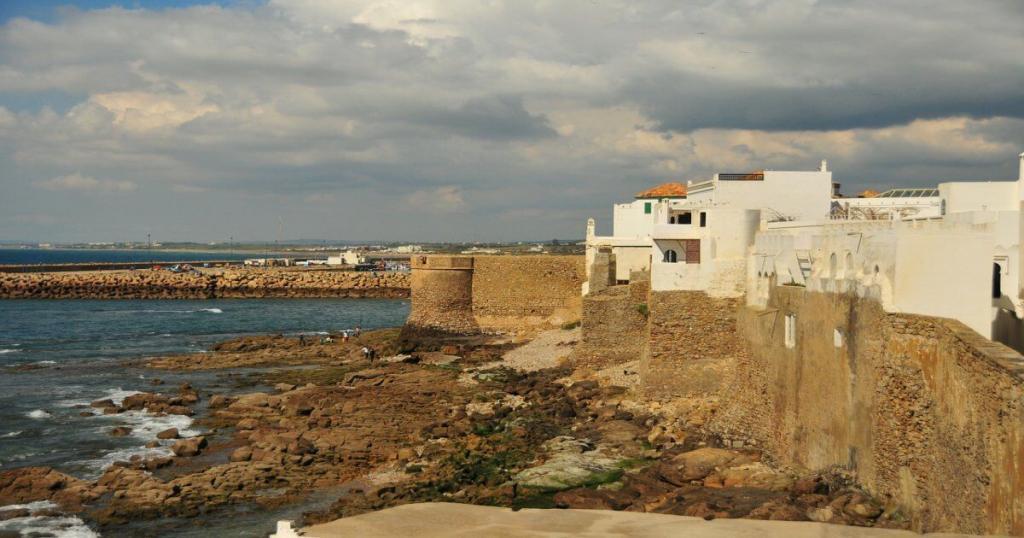
18) Skhirat beach:
The beach of Skhirat, situated south of Rabat, features a lagoon and a wide expanse of sand. Every night, fishermen cast their bows, and hundreds of lanterns adorn the lagoon in the midst of the Atlantic swell.
To get there, take the A3 highway from Rabat in the direction of Casablanca (Dar el Beida) and exit after Témara.
Sea bass, sea bream, as well as a variety of other Atlantic fish are attracted to the lagoon’s breakers. Skilled fishermen spend the night there in order to return with the fish that will be sold at the Skhirat auction the next morning.
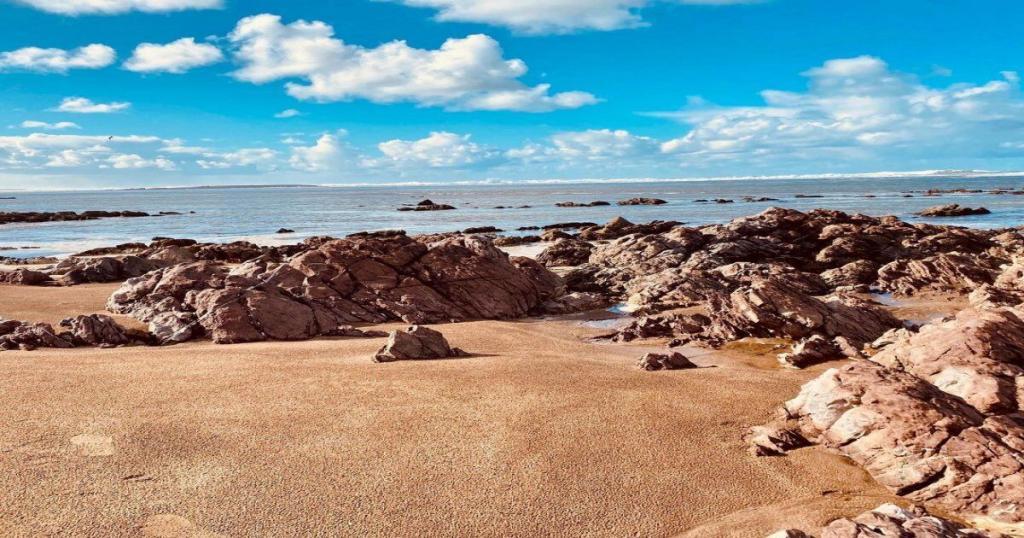
19) Monica beach:
Monica is one of Mohammedia’s most popular beaches, attracting thousands of tourists from all over Morocco, basically from Casablanca and Rabat, as both cities are just a short distance away. Several tourism ventures have been developed to attract visitors, as has been the case with all seaside resorts. Monica Beach has undergone major urban development as a result of the construction of closed residences housing villas and apartments.
Monica beach vacation rentals are in high demand during the summer months, when tourists flock to the city. Apartments are rented by the night, and during peak season, the rent can exceed 1,000 dirhams. During the rest of the year, the same properties are far less expensive.
Some of Monica’s residences also have private beach access and a spectacular view of the water. These complexes also feature swimming pools for both children and adults, as well as green areas and playgrounds.
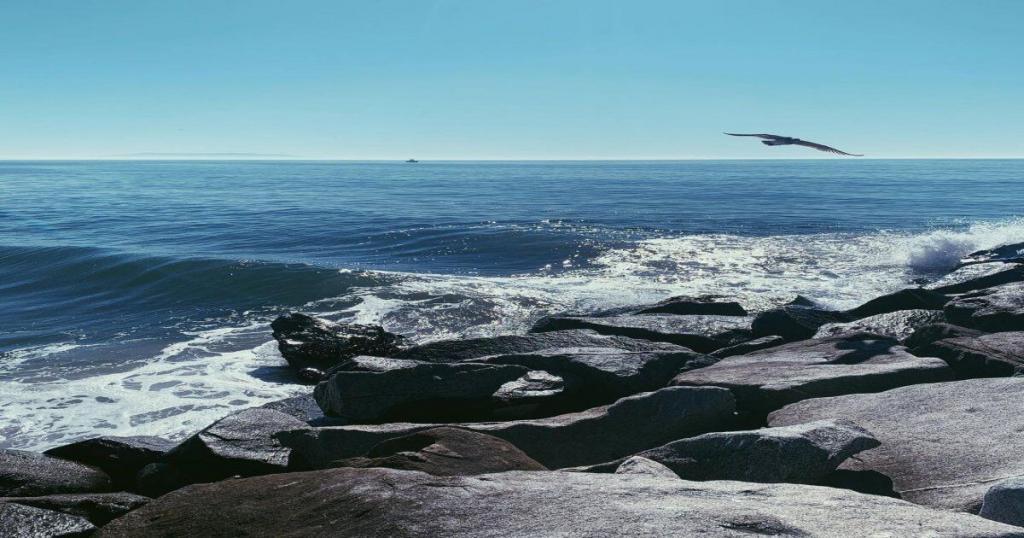
20) Dalia beach:
The landscapes of Morocco are rich and breathtaking, with mountains, modern towns, traditional villages, rivers, deserts, and beaches. Tangier’s Dalia Beach is one of the country’s most beautiful beaches. Dalia Beach, located northeast of Tangier’s city center, near the small town of Eddalya and the forest, looks like something out of a movie.
Dalia Beach is small (1km long and 60m wide) and isolated, but well maintained. It is mostly visited by locals and therefore is not subject to mass tourism. Dalia Beach is known for its fine, clean sand and clear waters, which are ideal for swimming.
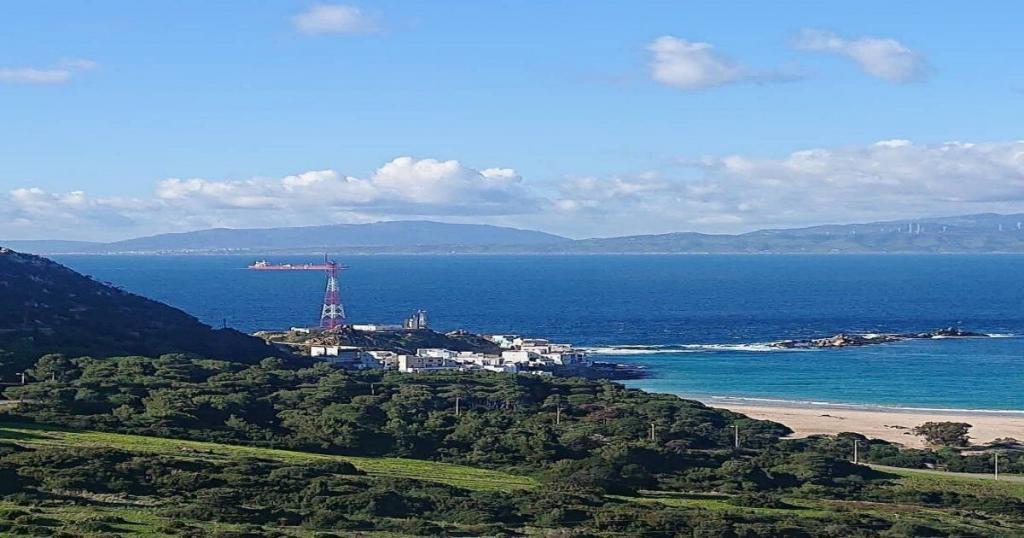

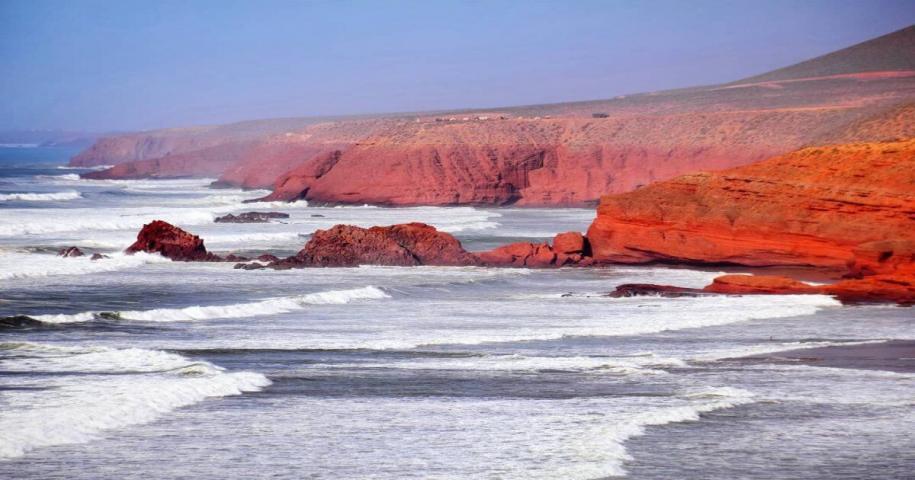
Leave a Reply